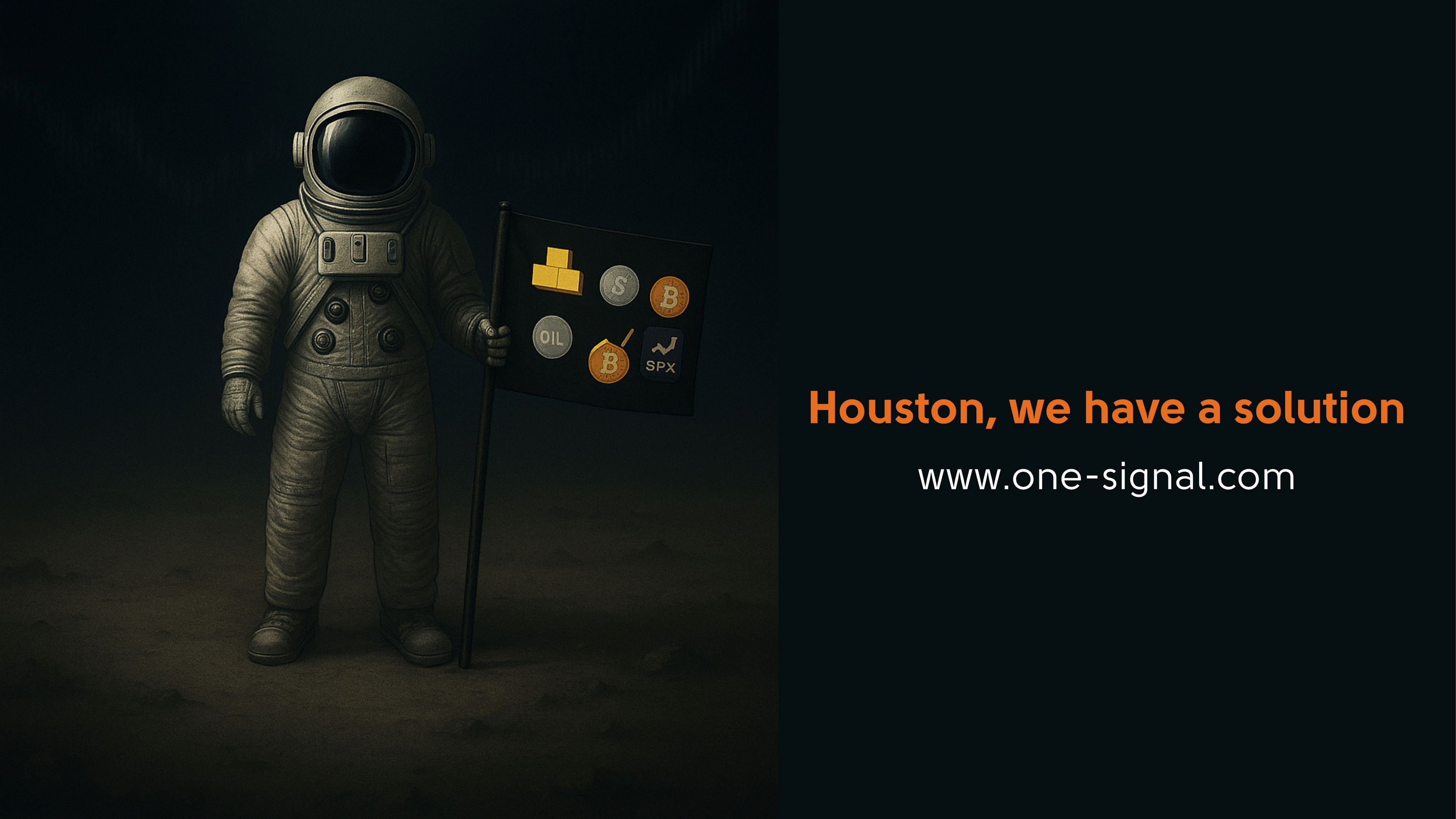
Like most things in life,markets move in cycles.
They rise on optimism and fall on fear. They swing too far, correct, and swing again.
Yet despite their turbulence, markets have an incredible ability to heal themselves — a kind of built-in equilibrium that brings them back to balance, repeatedly.
But that self-healing power depends on one fragile condition: freedom from interference.
It’s tempting for regulators to step in when markets stumble. After all, intervention feels like responsibility, or like control. But each attempt to stabilize markets often creates new distortions, which then invite more interference. The result? A vicious loop between manipulation and correction, aconstant tug-of-war between human control and the natural forces of supply and demand.
Inthe end, markets always find their balance - but often only after learning thesame hard lessons, again and again.
Lessons Written In History
When we talk about crises, three events tend to dominate the conversation:
the Great Depression of the 1930s, the dot-com crash of 2000, and the rea lestate meltdown of 2008.
Each had different causes, but the pattern was nearly identical.
A boom begins. Companies thrive. Stocks surge.
The public takes notice, chasing dreams of easy wealth.
Money flows into new “ventures,” many of which are built on nothing more thanhype.
Prices rise higher. Doubts fade. Then, without warning, the first cracks appear.
Panic spreads. Buyers disappear. And everyone rushes to the exit at once.
Take the 1929 crash: the Dow Jones hit its lowest point on July 8, 1932, collapsing 89% from its peak. It took over 17 years to climb to that height - and less than three years to lose it all.
That same rhythm repeated itself a century later, in March 2020, when fear spread faster than any algorithm could compute.
History doesn’t repeat itself perfectly — but it rhymes with haunting precision.
The Modern Investor’s Dilemma
Today, information travels at light speed.
You might assume that faster data means smarter markets.
But if anything, speed has amplified emotion.
Technology has democratized access to investing. Anyone with a phone can buy a stock, acrypto, a piece of gold — and that’s a beautiful thing.
But democratization hasn’t erased human psychology.
Greed still drives people to chase trends.
Fear still pushes them to sell at the bottom.
For every “lucky” small investor who makes it big, there are countless others who lose,quietly, painfully and without learning the lessons hidden in their losses.
Some leave the market forever.
A few, though, come back stronger - more patient, more rational, moreself-aware.
The Birth of ONE-SIGNAL
ONE-SIGNAL was born after the dot-com bubble burst, a time when the world finally admitted that markets are not ruled by logic, but by emotion.
We realized something simple but powerful:
If you can measure emotion, you can predict its impact.
That became our mission.
We built ONE-SIGNAL on two fundamental pillars:
- Sentiment Indicators — the most honest reflection of collective market emotion.
- A Contrarian Approach — because the crowd is often loudest right, before it’s wrong.
By studying how fear and greed move through markets — across every type ofinvestor, from retail to institutional — we can identify where the marketstands emotionally, and where it might go next.
Our Vision: Simplicity Over Noise
The financial world is drowning in data.
Charts, ratios, headlines, predictions - all screaming for your attention.
Our mission is to cut through that noise.
AtONE-SIGNAL, we deliver one clear signal a day - concise, data-driven,emotion-free.
Our goal isn’t to predict every tick.
It’s to help investors make better decisions, by stripping emotion out of the process.
Because good investing isn’t about knowing everything - it’s about knowing what matters.
Webelieve that clarity is power, and that disciplined decision-making should beaccessible to everyone, not just institutions or the ultra-wealthy.
We’rehere to democratize the tools once locked behind financial walls — and giveevery investor the same chance to act calmly, rationally, and confidently.
Simply put:
ONE-SIGNAL is the essentialinformation tool investors can’t go without.
— Clara Yalmanian
Co-Founder & Head of Growth at ONE-SIGNAL





